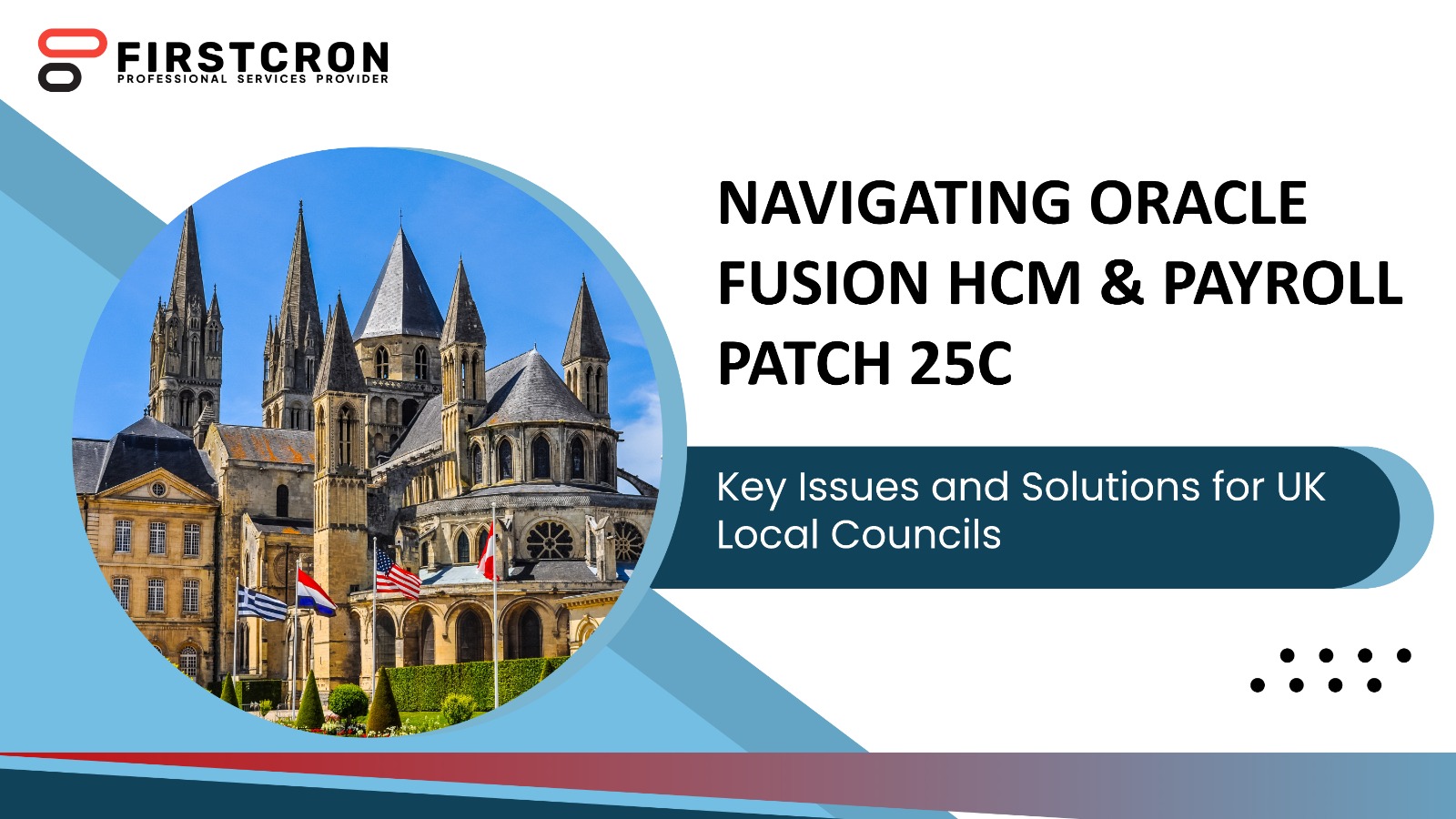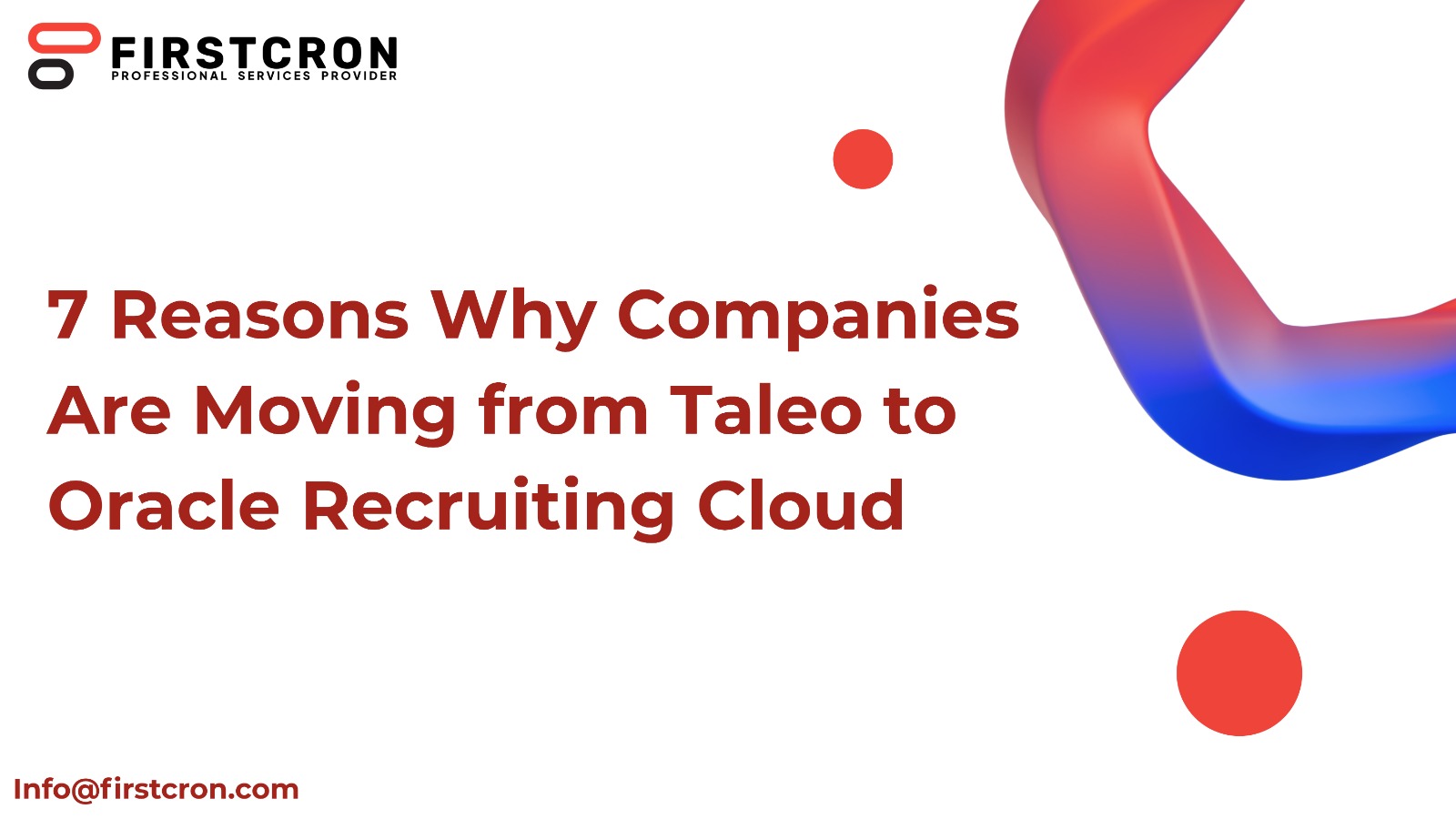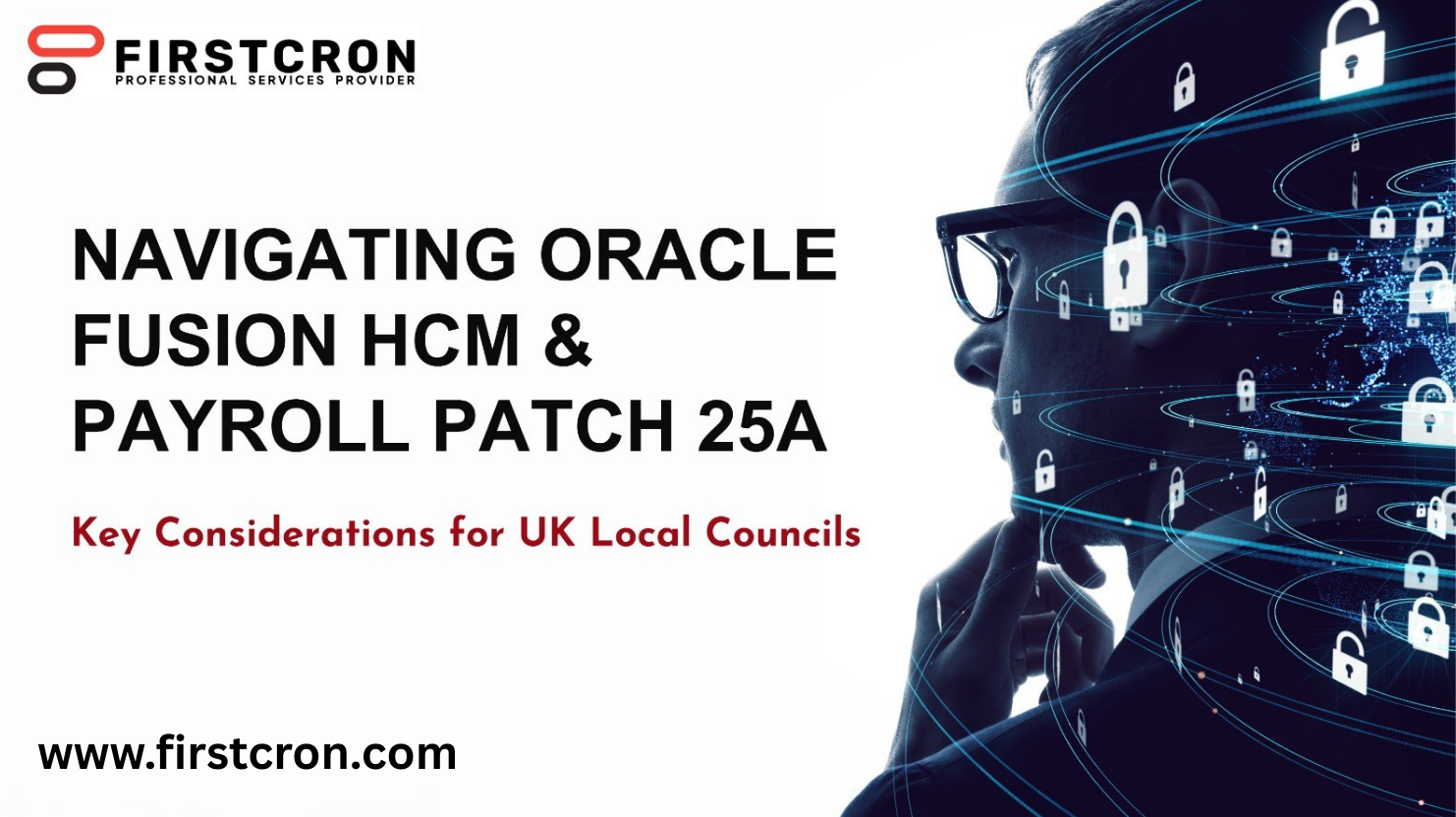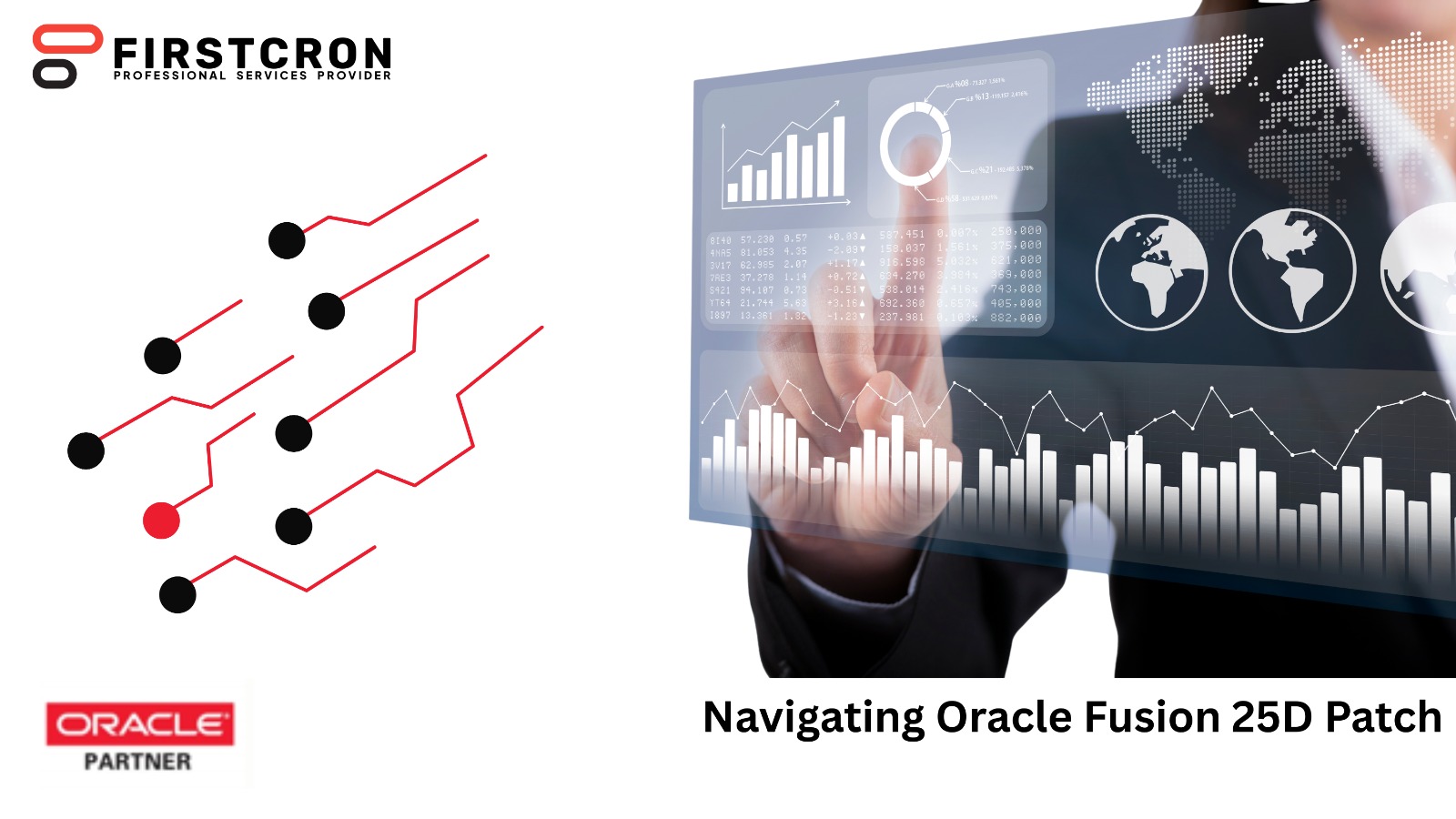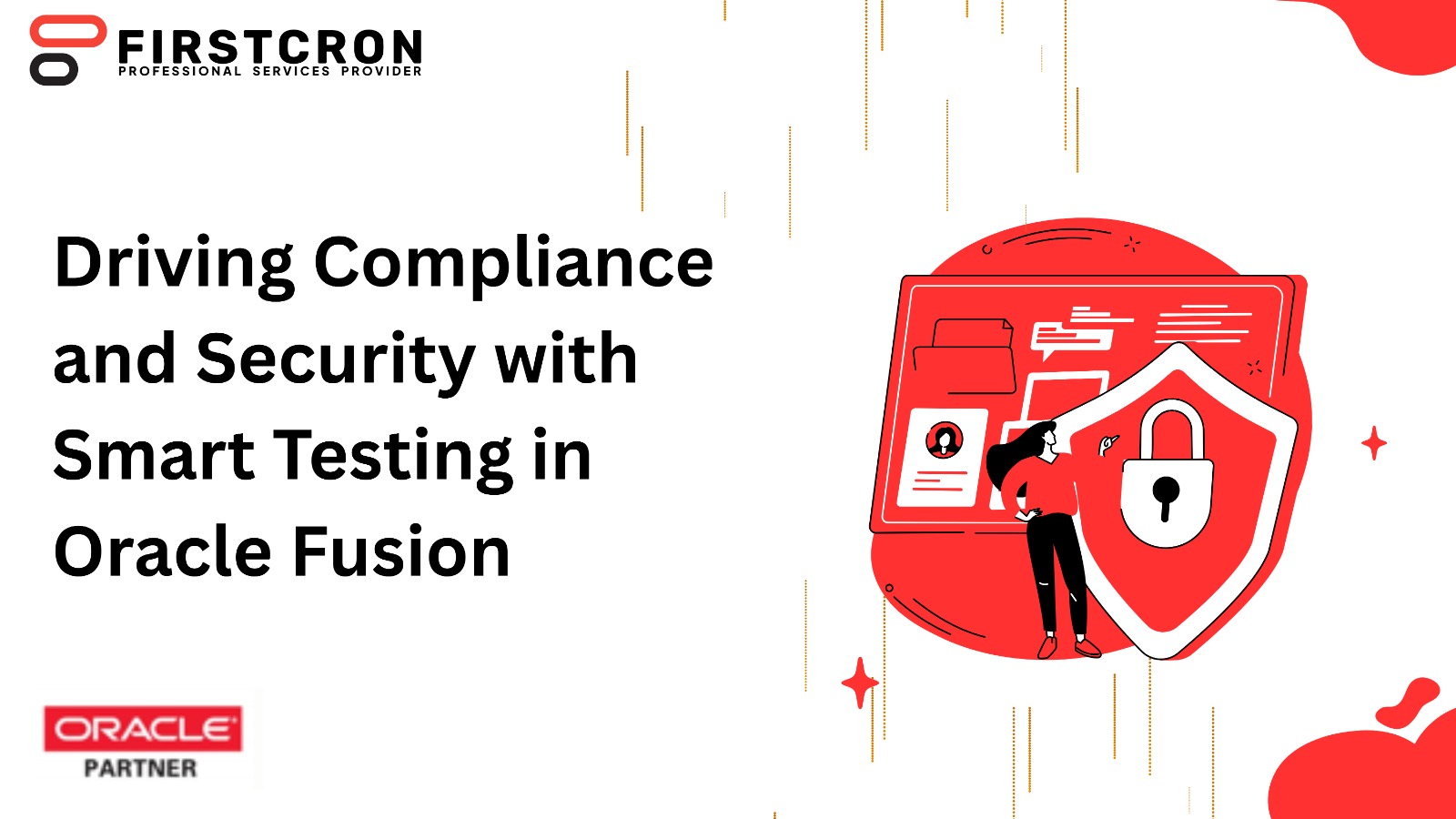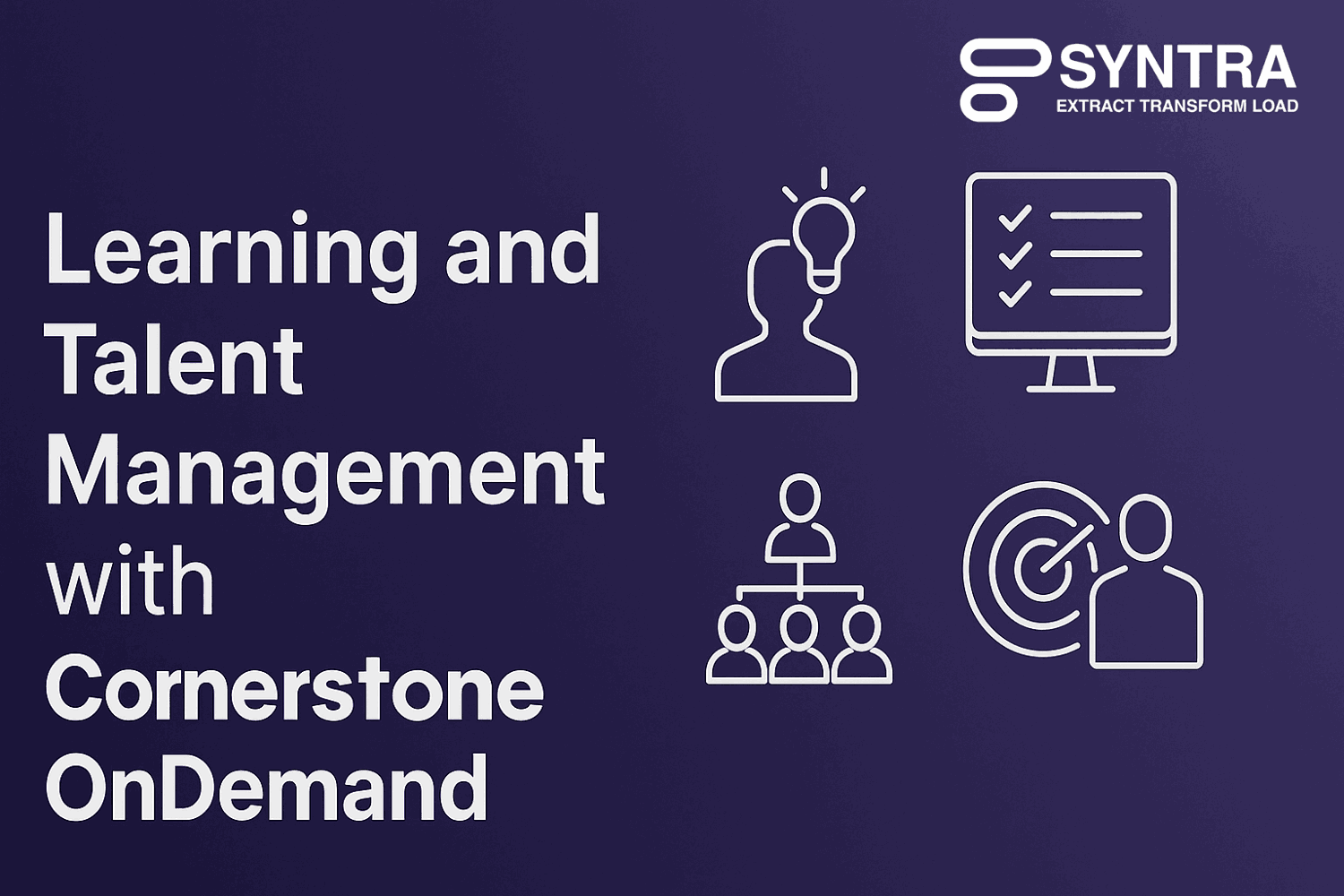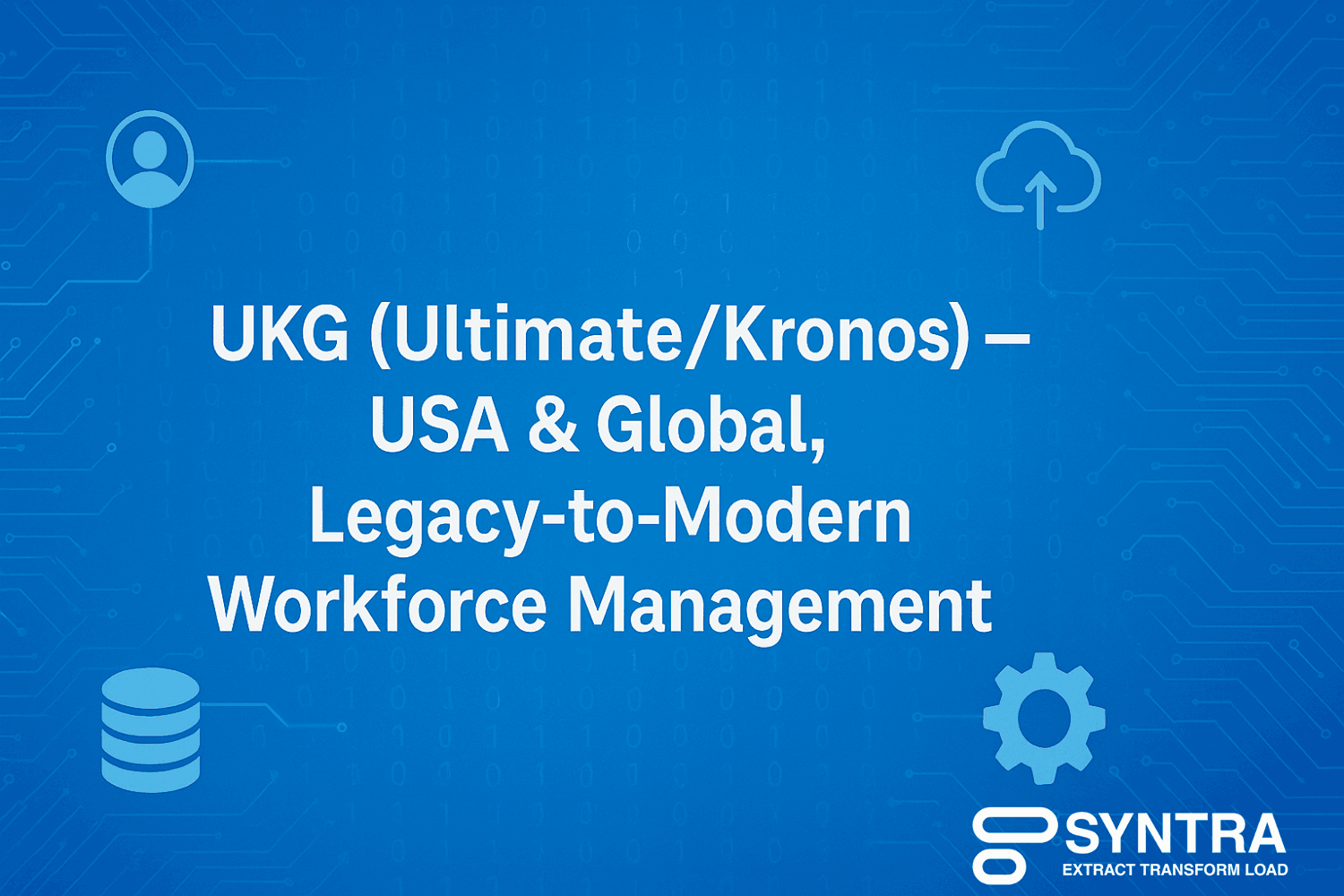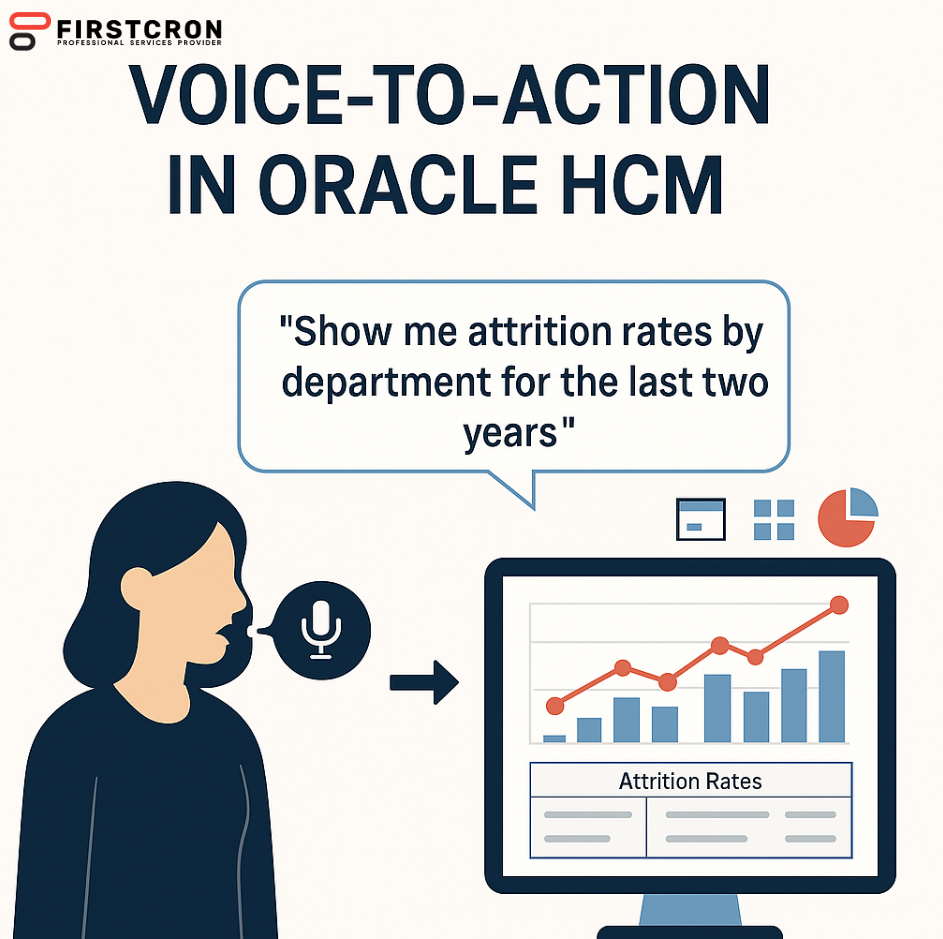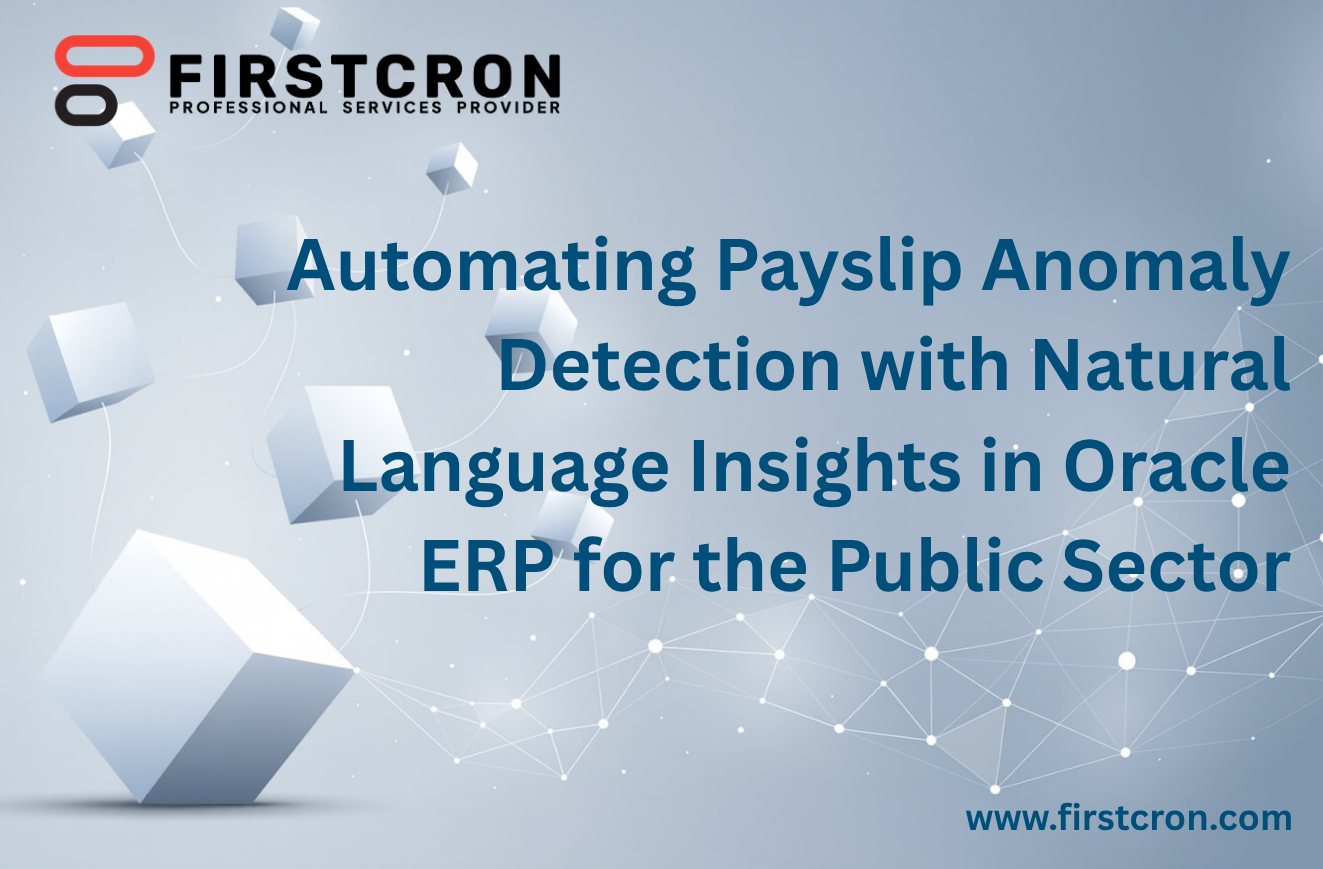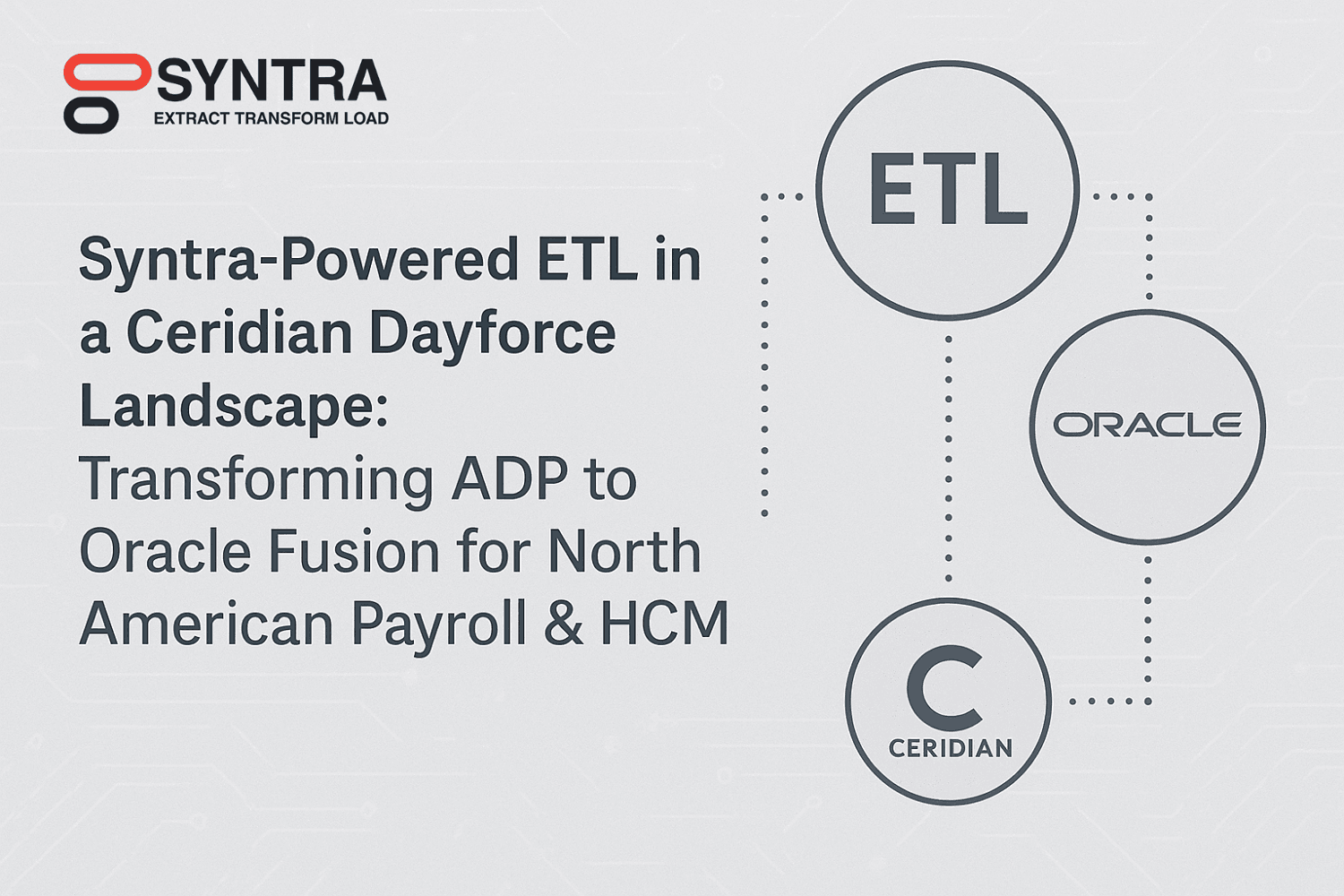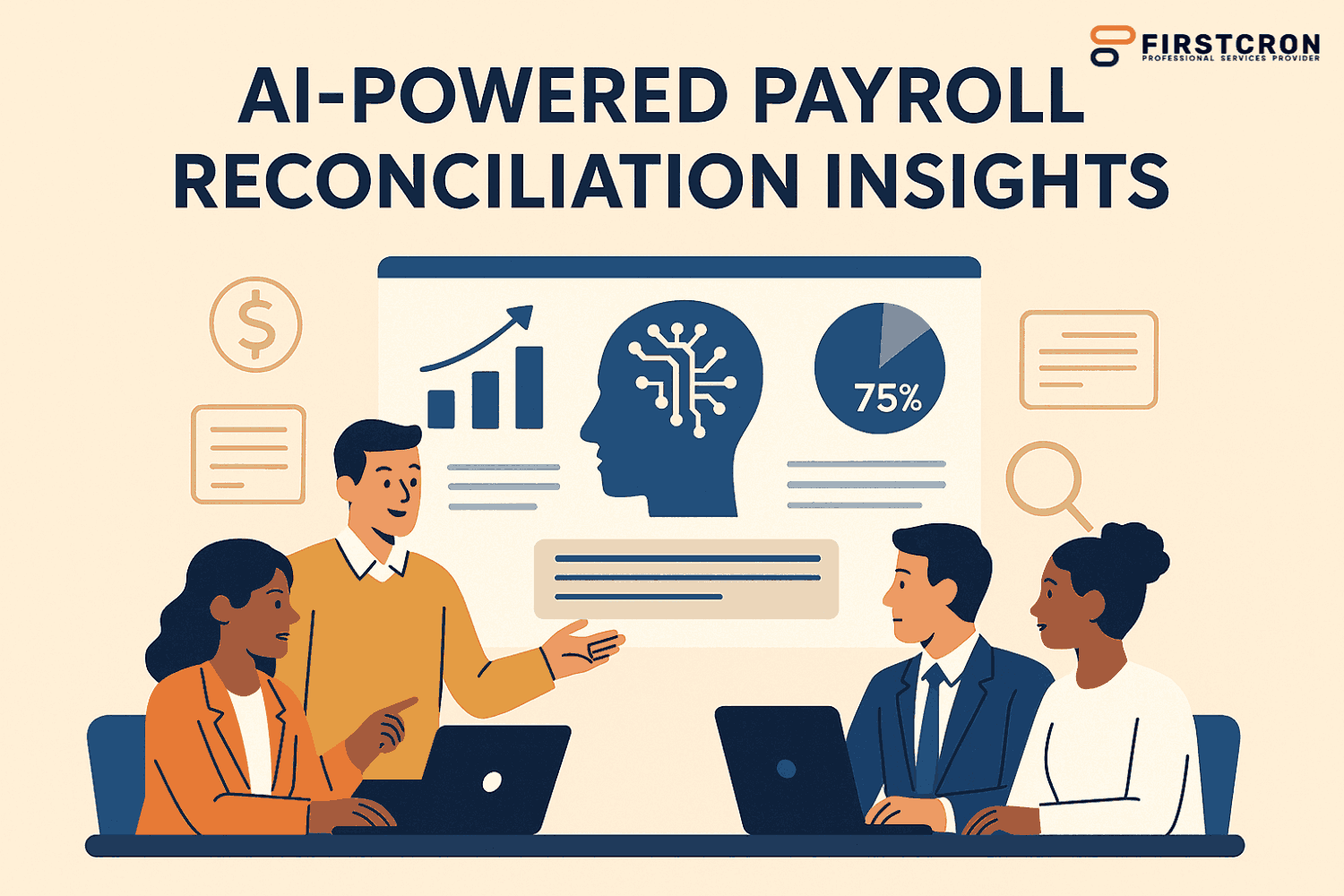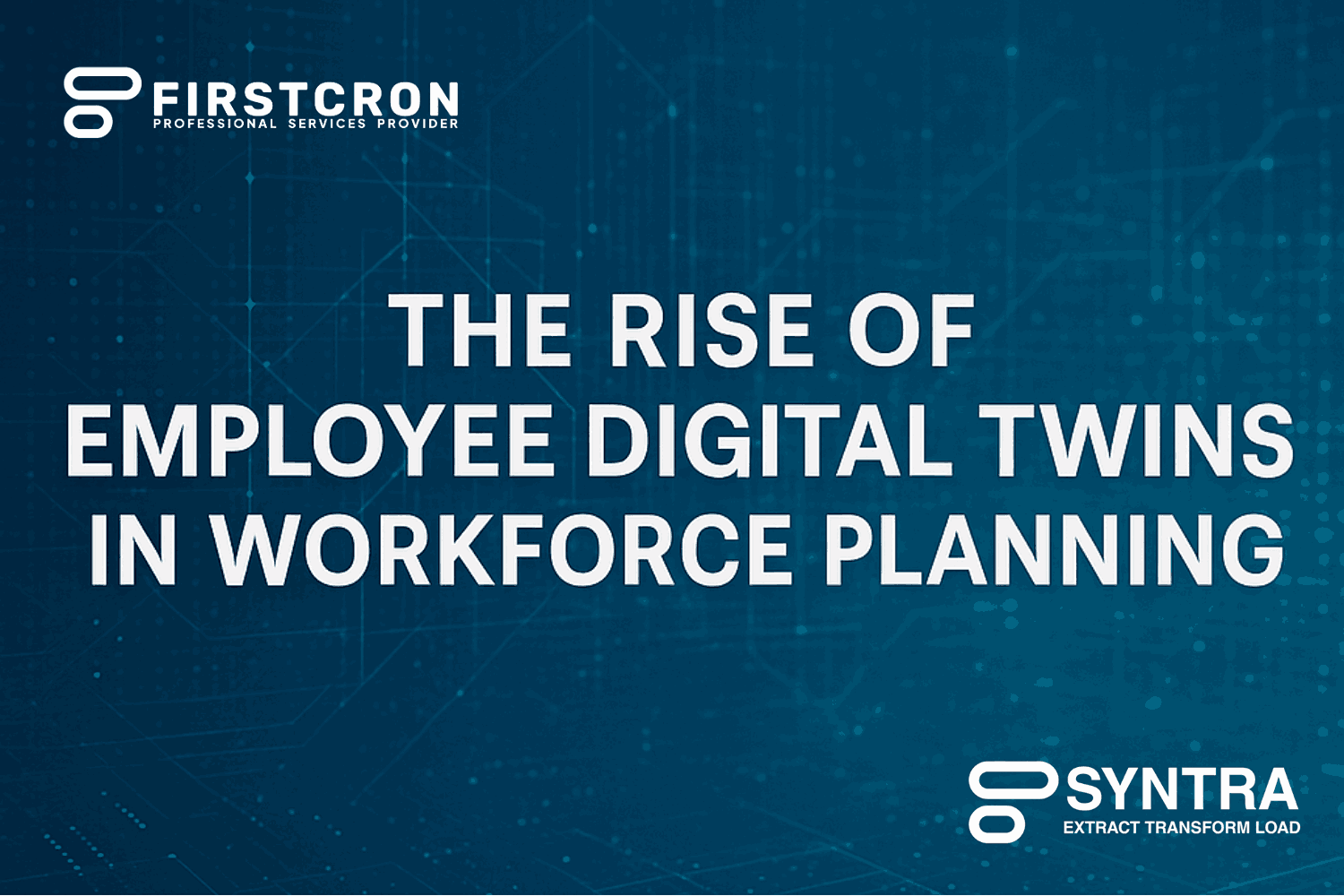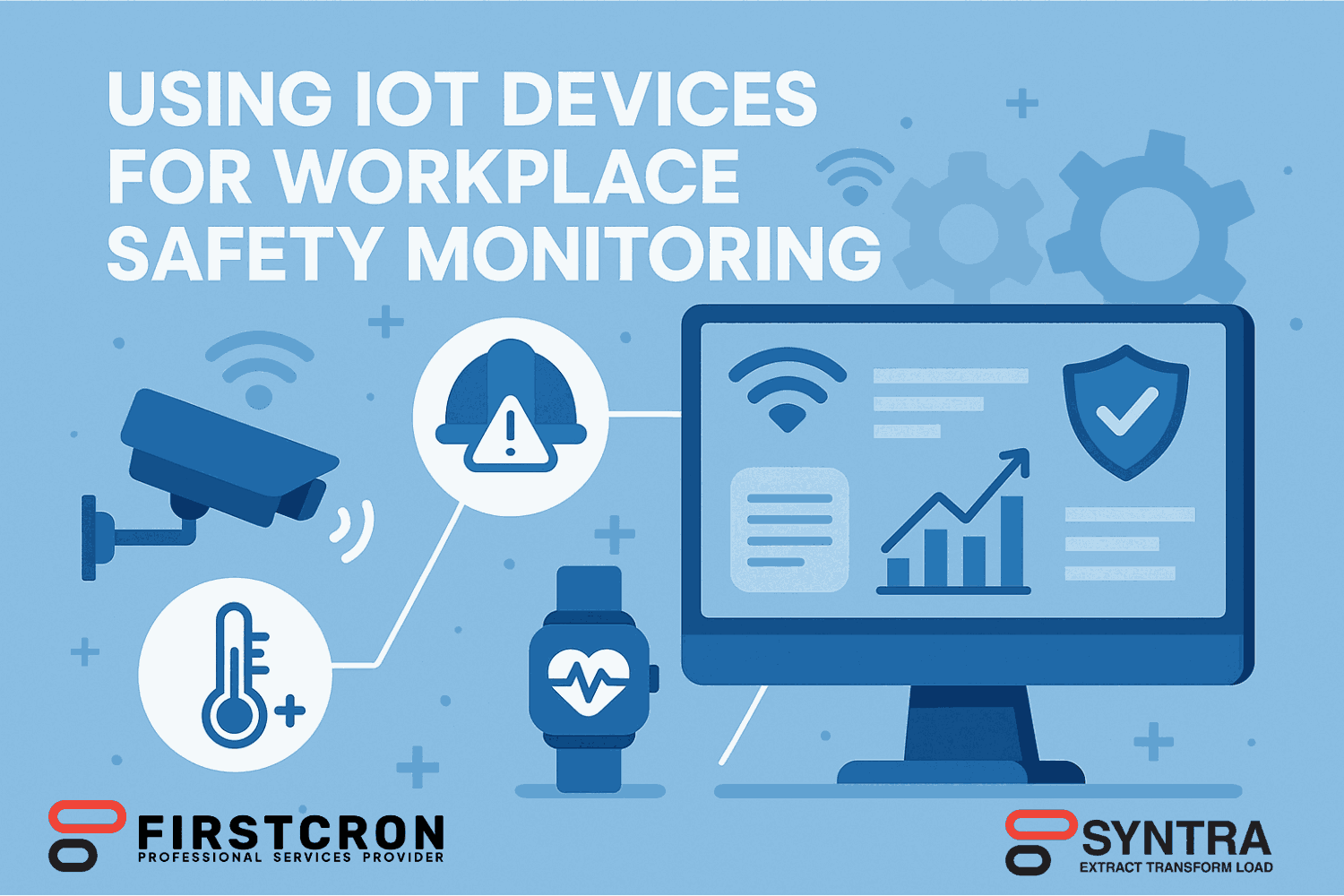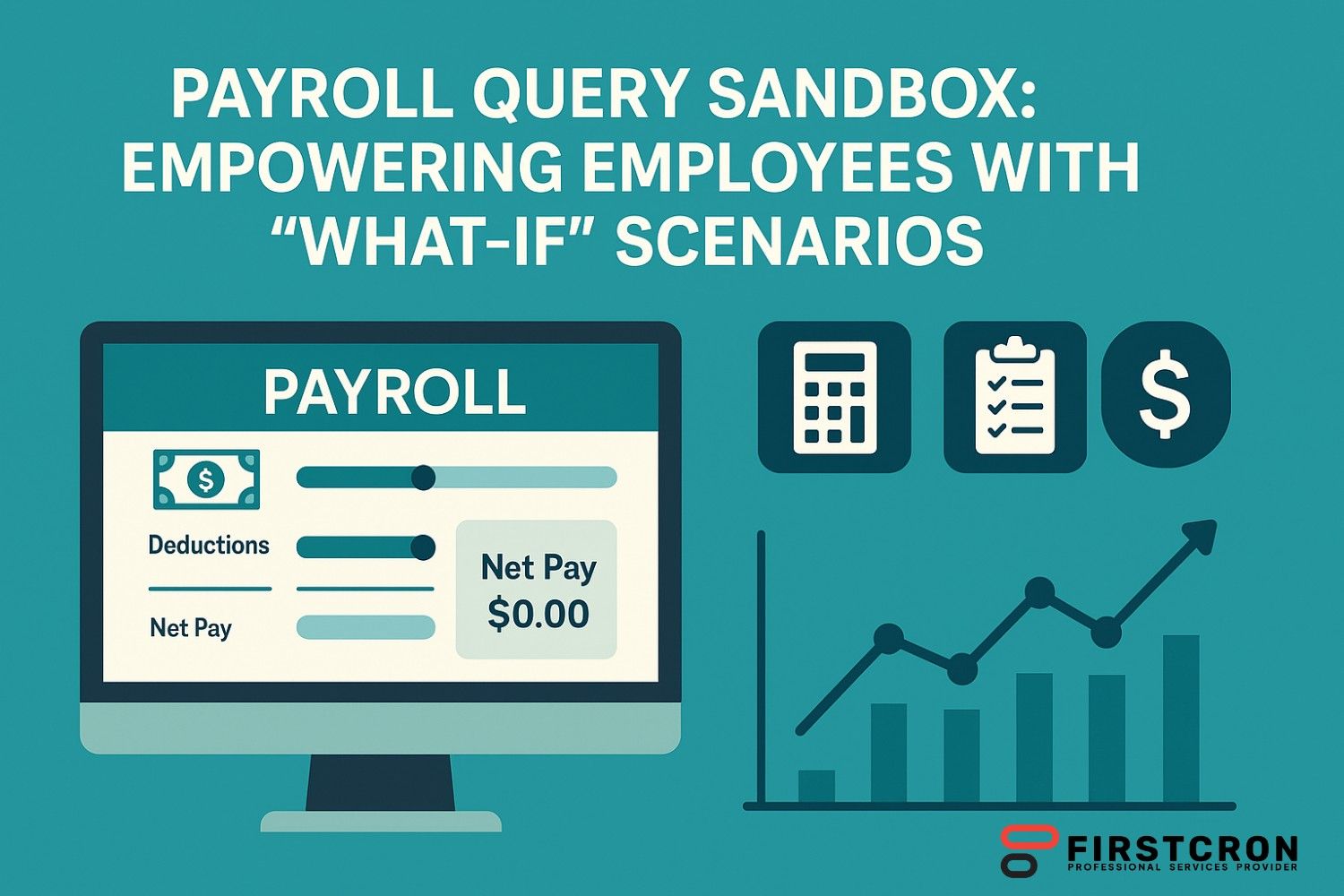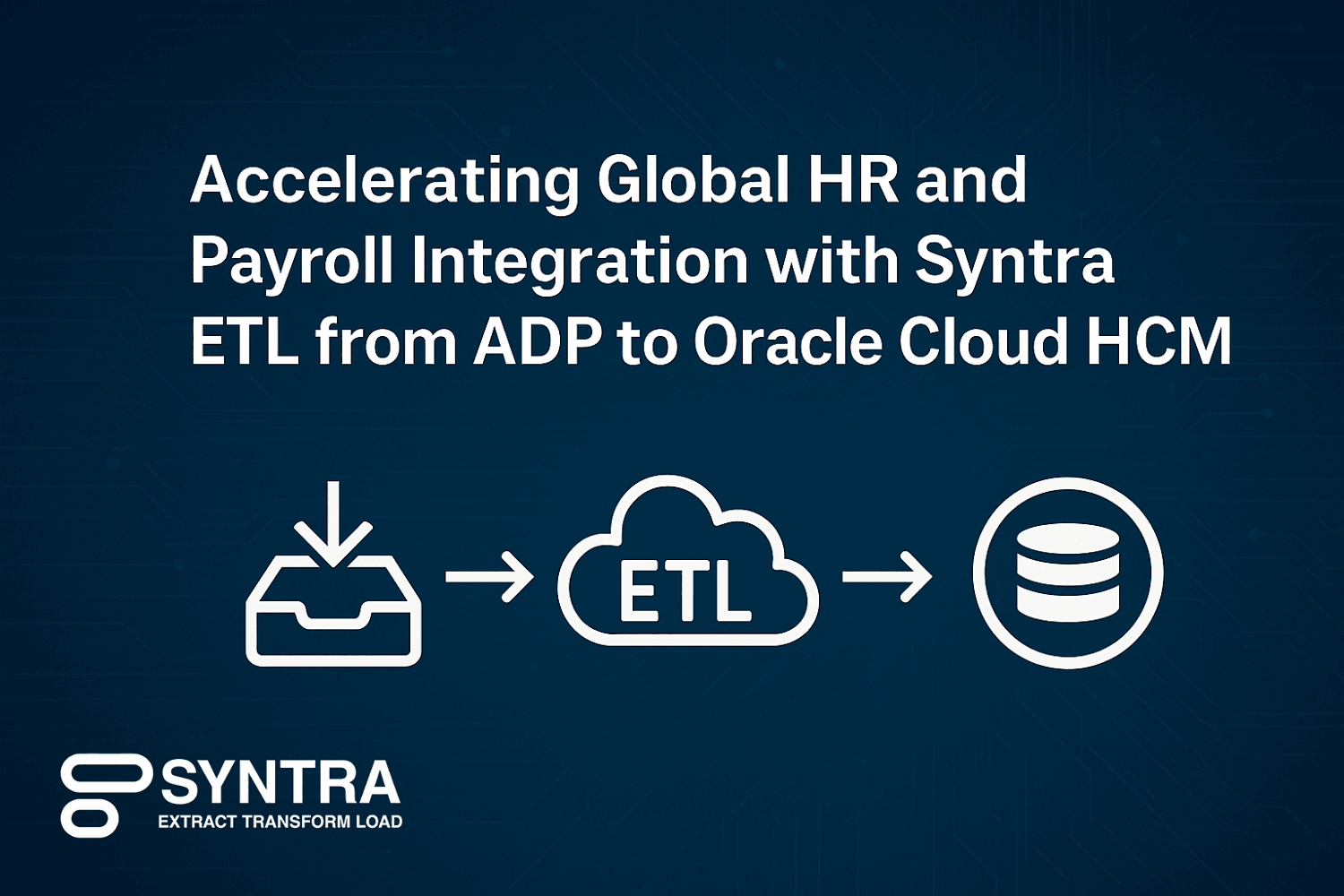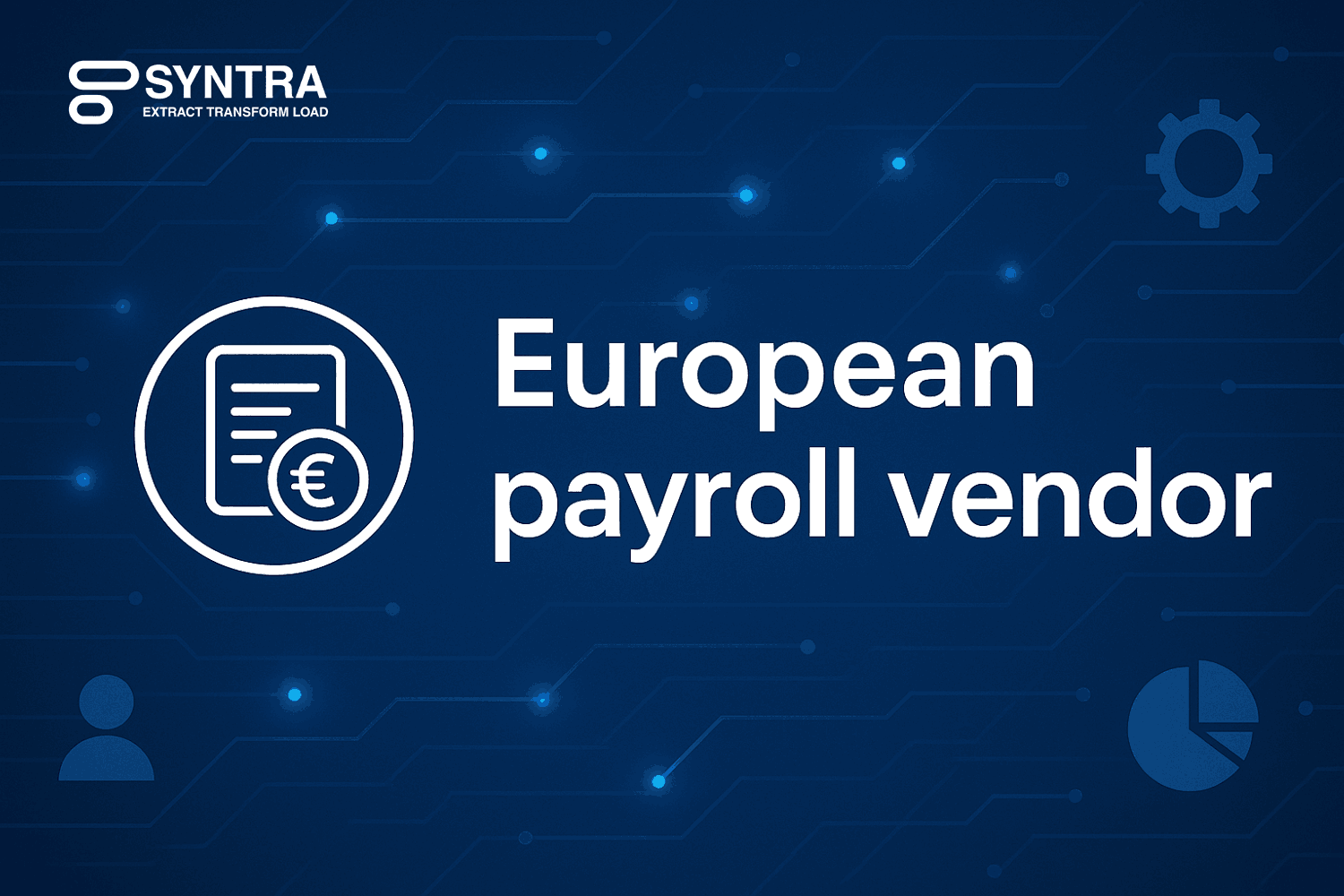
Selecting a European payroll vendor is a strategic move that touches finance, HR, tax, compliance, and employee experience across multiple jurisdictions. Europe’s patchwork of social security regimes, works council expectations, data privacy requirements, and language needs means a one size approach rarely fits. The right partner should combine robust country expertise with a modern platform that integrates cleanly with your HR information system and financials while giving local teams the flexibility they need. This guide explains what to look for, how to structure the rollout, and how to measure success with just one concise bullet list and one comparison table, as requested.
In this blog we’ll cover
- Why European Payroll Is Uniquely Complex
- Core Capabilities To Demand
- Integration Approach That Scales
- When To Choose A European Payroll Vendor:
- Comparison Of Vendor Operating Models
- Implementation Roadmap That Avoids Surprises
- Controls And Governance You Will Rely On
- Employee Experience Matters
- Measuring Success After Go Live
- How Pricing Typically Works
- Common Pitfalls And How To Avoid Them
- Final Thought
Why European Payroll Is Uniquely Complex
European payroll is not difficult because the math is hard. It is difficult because rules change frequently and vary widely by country. Each state has its own contribution ceilings, employer reporting portals, and calendars for mid year or year end submissions. Many countries require works council notices for process changes, and time data often includes premiums for night, weekend, and public holiday work that must be mapped to pay elements correctly. Getting these details right is what keeps payroll accurate, on time, and defensible in audits.
Core Capabilities To Demand
Look for a vendor that treats payroll as a controlled process rather than a monthly scramble. That means standardized data contracts, validations at import, and transparent calculations you can replay. It also means native support for retro events, off cycle runs, and statutory documents in each country. Finally, insist on clear ownership boundaries between vendor and client so nothing falls through the gaps when edge cases appear.
Integration Approach That Scales
Integrations are where most delays occur. A good vendor will support both file and API based data exchange and will provide mapping templates for worker records, assignments, elements, and costing. The flow from your HRIS should land in a staging layer where validations catch issues like missing IBANs, invalid tax codes, or unmapped allowances before a production run. Finance should receive journals that align to your chart of accounts with country tags and cost center segments already applied. Build once and reuse those transforms in every cycle.
When To Choose A European Payroll Vendor:
- Coverage in at least ten European countries with documented statutory updates
- Proven integrations to your HRIS and finance tools with reusable mappings
- Transparent calculation engine with replay and audit trail across runs
- In country experts for statutory filings and year end obligations
- Clear service levels for cutoff, approvals, and help desk response
- Security posture aligned to European data privacy expectations including data residency options
Comparison Of Vendor Operating Models
| Model | Best For | Trade Offs |
|---|---|---|
| Aggregator with local partners | Rapid multi country coverage and a single contract | Variability in processes and response times across countries |
| Single country specialist bureau | Deep local expertise and tailored service | Harder to standardize when you expand to multiple countries |
| Multi country cloud platform | Common processes, shared integrations, consistent analytics | May still rely on partners in smaller markets for filings |
Implementation Roadmap That Avoids Surprises
Begin with discovery. Inventory your pay elements, time categories, absence codes, and costing structures. Map each to the target platform and define a single library of code mappings you will maintain centrally. Run a pilot in one or two countries that represent different levels of complexity, for example one with collective agreements and one with simpler rules. Execute at least two parallel cycles where you compare payslips line by line and reconcile journals to finance. Use those cycles to fine tune effective dating, retro logic, and exception handling. Only then expand to the next wave of countries.
Controls And Governance You Will Rely On
Controls should live at every step. Validate mandatory fields at import and block runs with incomplete banking or tax attributes. Enforce value ranges for hours and rates to catch outliers. Require four eyes approval for changes to sensitive mappings like element to GL relationships. Provide dashboards that show the status of extracts, exceptions waiting for action, and reconciliation results after posting. Document each monthly cycle with a reconciliation pack so finance and HR can sign off with confidence.
Employee Experience Matters
Even the best calculations fall flat if employees cannot access documents or resolve issues quickly. Ensure the vendor provides localized payslips, self service portals in the right languages, and simple channels for inquiries. For disputed items, your teams should be able to trace back from payslip line to source record and rule set without opening a support ticket. The faster you can answer a question, the less noise you face after each payroll close.
Measuring Success After Go Live
Define metrics before the project begins. Track on time payroll rate, rerun frequency, exception volume by category, time to resolve tickets, and percent of journals auto posted without manual edits. Watch the ratio of vendor raised issues to client raised issues and trend it down over the first three cycles. Strong vendors will discuss these numbers openly and propose changes to improve them.
How Pricing Typically Works
European payroll pricing typically blends a country specific base fee, a per employee per month charge, and separate rates for off cycle runs or year end activities. Integration support is often a one time project. Clarify what is included in the run fee versus billed as change requests. Ask for a pricing schedule that covers retro volumes, reprocessing, statutory changes, and new country onboarding so your budgets hold as you scale.
Common Pitfalls And How To Avoid Them
Most setbacks stem from data quality or unclear responsibilities. If time codes do not map cleanly to pay elements, you will see manual corrections every month. If cost centers are free text, finance will spend days cleaning journals. If approvals are vague, deadlines slip. The cure is dull but effective. Freeze a data dictionary, guard the mapping library, and run rehearsal cutovers before you go live. When something does break, document the fix in the mapping library so the same error never repeats.
Final Thought
Choosing a European payroll vendor is not only about features. It is about the confidence that every cycle will land on time and withstand scrutiny. With clear integrations, disciplined governance, and a vendor model matched to your footprint, payroll becomes a predictable engine rather than a monthly fire drill. That stability frees your finance and HR teams to focus on planning, not repair.
Tags
Related Post
Navigating Oracle Fusion HCM & Payroll Patch 25C: Key Issues And Solutions For UK Local Councils
July 26th, 2025 10 min read
7 Reasons Why Companies Are Moving From Taleo To Oracle Recruiting Cloud
June 2nd, 2025 14 min read
7 Proven Oracle Fusion Testing Principles To Guarantee Defect-Free Cloud Deployments
May 16th, 2025 15 min read
Navigating Oracle Fusion HCM & Payroll Patch 25A: Key Considerations For UK Local Councils
July 27th, 2025 10 min read
Driving Compliance And Security With Smart Testing In Oracle Fusion
June 5th, 2025 9 min read
WEEKEND READS
Learning And Talent Management With Cornerstone OnDemand
October 10th, 2025 17 min read
UKG (Ultimate/Kronos) — USA And Global, Legacy-to-Modern Workforce Management
October 5th, 2025 23 min read
Voice-to-Action In Oracle HCM: Transforming HR Queries Into Intelligent Actions With GenAI
September 5th, 2025 23 min read
Automating Payslip Anomaly Detection With Natural Language Insights In Oracle ERP For The Public Sector
August 27th, 2025 24 min read
Syntra-Powered ETL In A Ceridian Dayforce Landscape: Transforming ADP To Oracle Fusion For North American Payroll & HCM
October 4th, 2025 20 min read
AI-Powered Payroll Reconciliation Insights: Explaining Variances In Plain English
September 27th, 2025 25 min read
The Rise Of Employee Digital Twins In Workforce Planning
November 2nd, 2025 17 min read
Using IoT Devices For Workplace Safety Monitoring
November 9th, 2025 17 min read
Payroll Query Sandbox: Empowering Employees With “What-If” Scenarios
September 17th, 2025 22 min read
Accelerating Global HR And Payroll Integration With Syntra ETL From ADP To Oracle Cloud HCM
October 1st, 2025 17 min read






